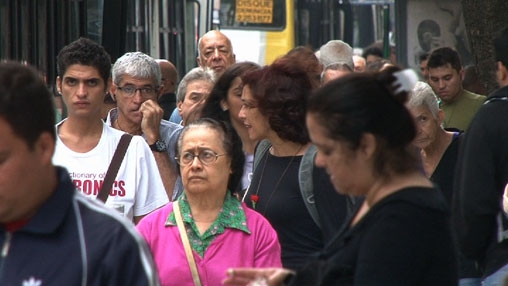Inequality has been a distinctive feature in Latin America and the Caribbean in its history. The gap between rich and poor has nourished years of political and social instability in a region characterized by enormous natural resource reservoirs and a great workforce potential.
But for more than a decade this gap has started to decrease, supported by an economic boom without precedent that has driven tens of thousands families out of poverty.
A World Bank study analyzed some of the concrete causes for the decline in inequality, translated in a decrease of the Gini index – the income coefficient per capita per household – from an average of 0.530 at the end of the 1990s to 0.497 in 2010. From the 17 countries for which there exists comparable data, 13 registered a decrease, compared to an increase of the Gini in other parts of the world.
The report focuses on what happened in three middle income countries in the region as a representative sample: Mexico, with less economic growth but a better performance in the international markets thanks to the North American Free Trade Agreement (NAFTA);Argentina, that registered impressing growth rates during the analysis period and that between the 70s and 90s presented the highest inequality rate in the region; and Brazil, that boasted an important economic progress that has been translated in social well-being under center-left governments.
According to the study, during the first decade of the 2000s, income increased in the three countries, the average schooling years rose, and inequality between labor income and non-labor income decreased – that means income from cash transfers or interests, among other things.

